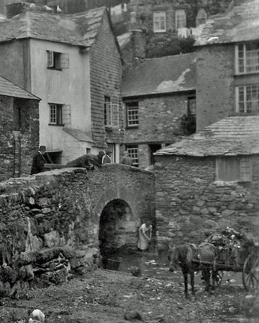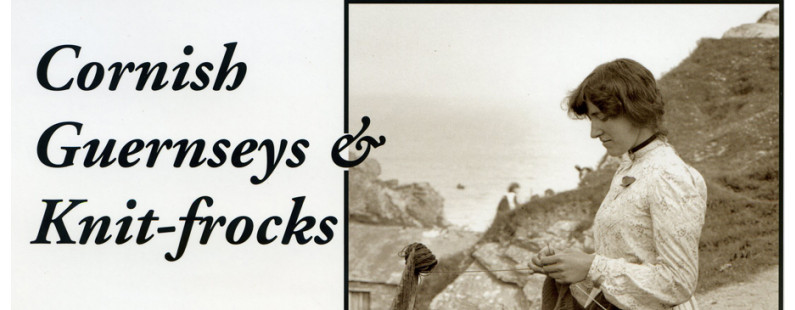Polperro Postscripts
A blog for anyone with an interest in Polperro, publishing and people... with occasional musings on history and humanity.
Subscribe
Recent Posts
 An outbreak of typhoid fever in Polperro at the beginning of September 1929 caused considerable alarm among residents and the local authority at the time. The Western Morning News reported that the Ministry of Health had issued instructions for an isolation hospital attached to the Liskeard Workhouse to be used to accommodate 15 infected patients from Polperro, many of whom had been very reluctant to leave their homes, some only agreeing to be taken there after being threatened with a magistrate’s warrant. One young mother suffering from typhoid was reported to have fled to an unknown address with her baby of 20 months.
An outbreak of typhoid fever in Polperro at the beginning of September 1929 caused considerable alarm among residents and the local authority at the time. The Western Morning News reported that the Ministry of Health had issued instructions for an isolation hospital attached to the Liskeard Workhouse to be used to accommodate 15 infected patients from Polperro, many of whom had been very reluctant to leave their homes, some only agreeing to be taken there after being threatened with a magistrate’s warrant. One young mother suffering from typhoid was reported to have fled to an unknown address with her baby of 20 months.
Such was the fear of infection that the authorities faced further difficulty when the fact that the Liskeard ambulance refused to transport any of the typhoid sufferers. After considerable delay, an ambulance was obtained from Plymouth, making three journeys on two successive days until the Medical Officer of Plymouth intervened and refused to allow it to be used. As there was then no ambulance in the whole of Cornwall available for infectious diseases, a further case of typhoid in Polperro had to be taken to Liskeard in a private car which was subsequently disinfected.
The local Medical Officer of Health said it was the first outbreak of typhoid in Polperro for over 40 years, in spite of the fact that the river running through the village was used an open sewer. Careful investigations had revealed that the likely cause was the milk supply from a dairy which drew water for washing utensils from a well located within 80 feet of the river. An official report following an inspection by medical officers in Polperro concluded that the pollution of the river ‘renders the water from the stream totally unfit for domestic circumstances or any other purposes, however remotely connected with the preparation of food and drink for human consumption’. The future disinfection of the river at Polperro with chloride of lime was left to the medical officer’s discretion.
A previous outbreak of typhoid fever in Polperro had occurred in 1891 when the then Medical Officer of Health, Dr William Nettle, reported to the Liskeard Rural Sanitary Authority: ‘No hospital being at hand to isolate the case, the patient was kept at home and went through all the stages of the fever in the living-room of the house and infected another member of the family’.

